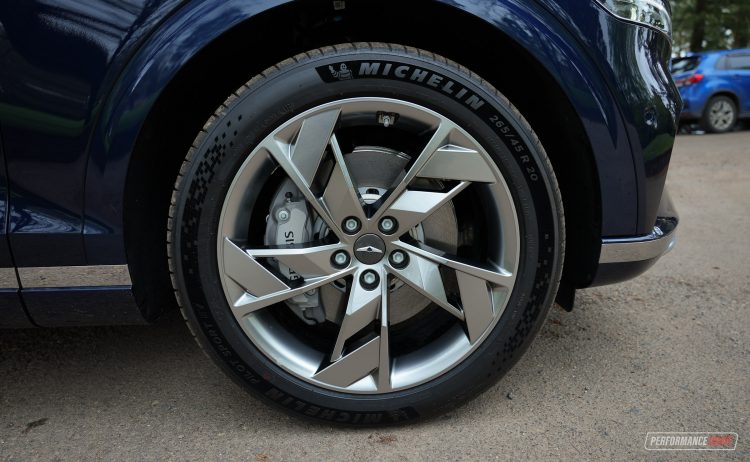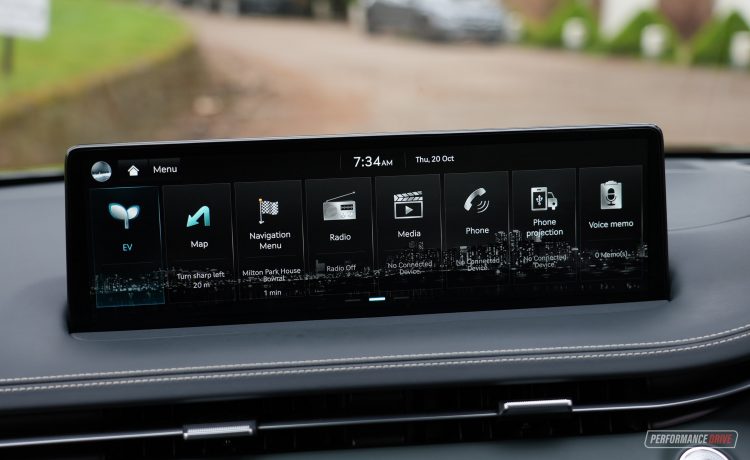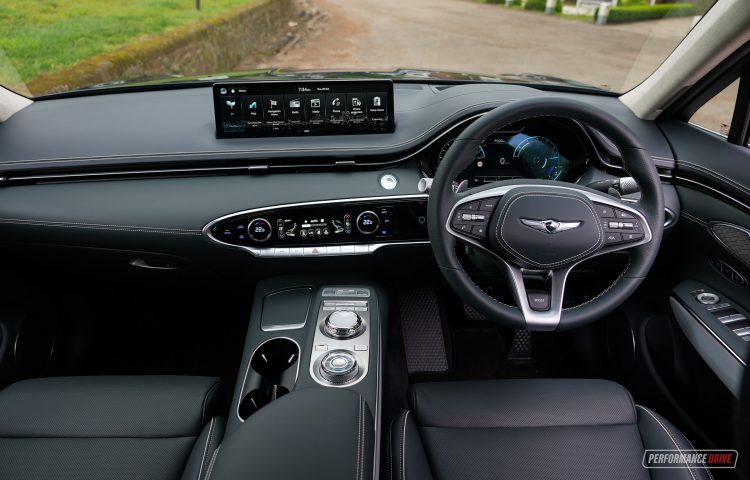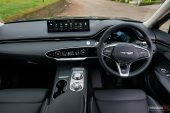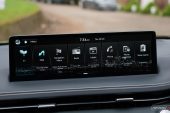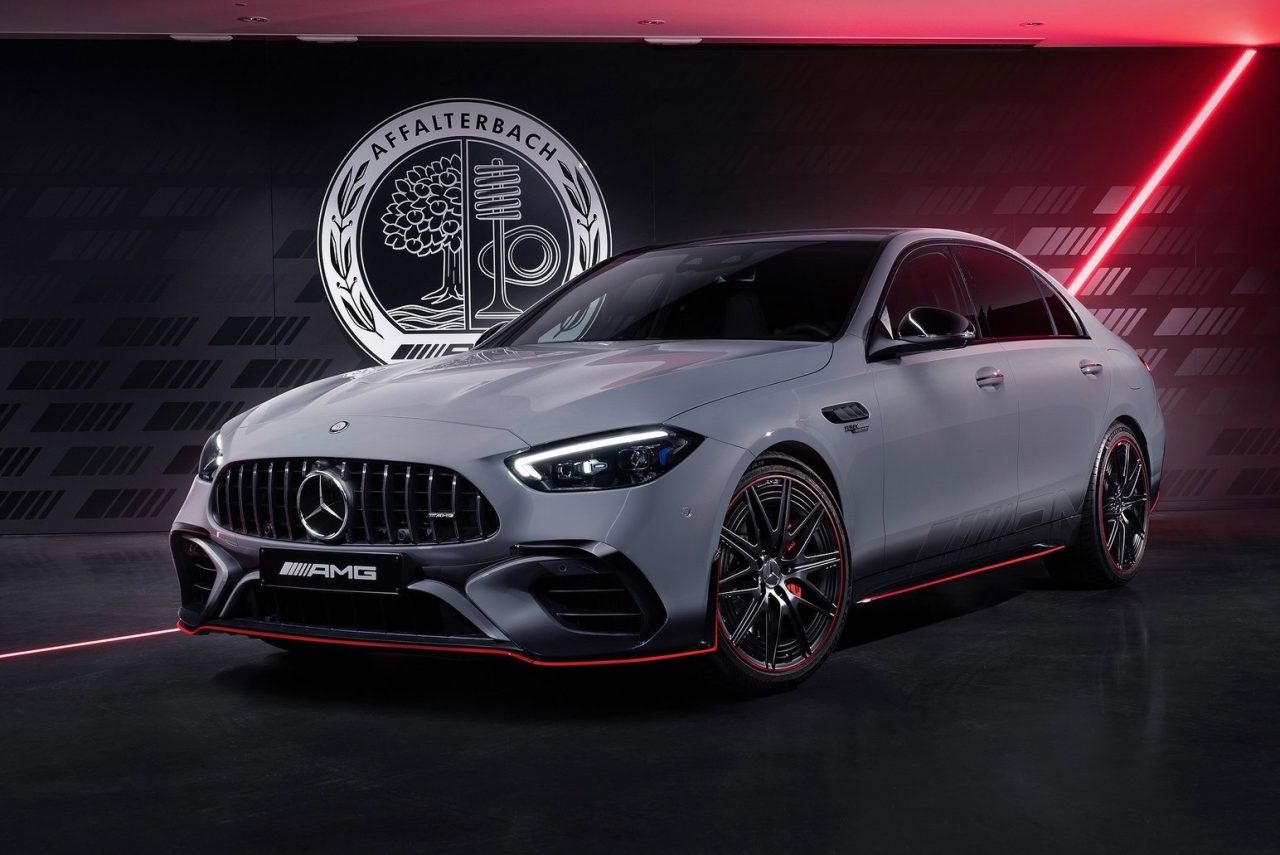Genesis is now riding the rising swell of fully electric SUVs/crossovers, with the launch its new GV70 Electrified. Unlike some rivals, this is not a dedicated electric model but rather an electric version of an existing petrol/diesel model.
In that sense, its closest competitor would have to be the BMW iX3 which is based on an existing model line. But it also competes with the Mercedes-Benz EQC and Audi e-tron. According to VFACTS, the Hyundai IONIQ 5 and Tesla Model Y fight in the same ring, too.
Genesis has been pretty quick in bringing EVs to the industry let alone to the Australian market, especially considering it is still a relatively new brand. The GV70 EV follows the recent launch of the GV60 and G80 Electrified.
The starting price is ridiculously high. Frankly, we reckon it’ll turn a lot of buyers away. There is just one “highly equipped” variant available, but even so it kicks off from an eye-opening $127,800 (excluding on-roads). That makes it the most expensive GV70 variant by far, and significantly more expensive than the BMW iX3 (from $114,900) and the Mercedes EQC (from $122,724). This would want to be good.
2022 Genesis GV70 Electrified– THE SPECS
Battery: 77.4kWh lithium-ion, 697V
Output: 320kW / 605Nm (360kW/700Nm in Boost mode)
Transmission: 1-speed auto
Drive type: All-wheel drive
0-100km/h (PD tested): 4.19 seconds
Tare weight: 2310kg
Official range (AER): 445km
Starting price: $127,800
One of the great things about the new model is that it looks exactly like the regular GV70 combustion engine models. We think the design is very classy and sophisticated, with distinctive quad-style headlights and taillights and a nice arrangement of polished or metallic trimmings all around. The front grille, although filled in on this EV variant, represents a definite luxury flavour.
Unlike the GV60 – and the IONIQ 5 and Kia EV6 for that matter – this is not based on Hyundai Motor Group’s E-GMP architecture. Instead, it rides on an adapted version of the regular GV70’s platform. Under the body is a 77.4kWh battery, which feeds a pair of electric motors, mounted front and rear. These provide a combined output of 320kW, or an impressive 360kW if the boost mode is activated.
These sorts of figures place it at the top of the food-chain in terms of those European rivals. So in that sense you are getting premium performance over the equivalent contenders. However, with an official average range of 445km, this doesn’t stack up so well against some rivals. It’s a decent figure nonetheless and one that’s capable of providing real-world commuting for at least half of a working week, even for reasonably long-distance travellers.
Going back to the performance, though. This thing is properly fast. We did some sneaky 0-100km/h runs on a quiet backroad with the Vbox during this launch event and it returned a best effort of 4.19 seconds. Genesis claims the sprint in 4.8 seconds, or, with the Boost mode engaged, 4.2 seconds. It’s always great to see real-world achievements bang-on official claims.
We ran the car with and without traction control. With the system left on it scored a time of 4.35 seconds. With it off, the acceleration was not only quicker, the vehicle actually scrambled for traction at the front end. That’s because there is a 180kW motor at the front and rear. Despite featuring Genesis-exclusive Michelin Pilot Sport tyres, measuring a fat 265/45 front and rear, it’s still capable of spinning the wheels.
That gives you some idea of just how instantaneous the power and torque comes on. The second you push the pedal, it responds and pounces immediately. You can forget trying to keep up in a petrol model. Even a performance petrol model would have no chance. Taking a look at our extensive performance results database, we see we have clocked the Genesis GV70 3.5T across 0-60km/h in 2.77 seconds, whereas this squirts to 60km/h in just 2.24 seconds.
Around corners the electric GV70 feels controlled and confident, but very heavy. It is heavy, weighing in at 2310kg. That’s about 300kg heavier than the 3.5T version, and, for example, 130kg heavier than the iX3. Although, the Beemer is rear-wheel drive only and features a single electric motor. The steering isn’t the best communicator, which doesn’t help, and the overall point-to-point fun through a mountain road feels less committed than any of its combustion engine siblings.
This is a luxury vehicle at the end of the day and not a dedicated performance model – albeit incredibly quick. So it shouldn’t come as a surprise that the drive character is very peaceful and comfortable. It glides along under normal demands, and the suspension is compliant and adaptable, including on Aussie country roads. There’s always a certain level of hype about how quick an electric vehicle is, but in this case, we think the main benefit is just how well the powertrain syncs with the overall quietness and relaxation of the GV70’s drive experience.
As for the interior, sticking with the regular GV70 platform means the cabin is almost identical to the regular GV70. Just like the exterior, the presentation in here is exquisite. It showcases a blend of superb build quality, a good use of fine materials, and then up on the dash is one of the widest touch-screens currently available, measuring 14.5 inches. The graphics are superb and the menu functionality is easy to grasp.
With that platform though it does mean it features a big chunky driveline tunnel running down the centre of the cabin. This is obviously not required since the electric motors are already at each axle – there is no tailshaft in the middle. In the front it’s not so much of an issue, but you can’t help but think how much more legroom there could be in the back without the tunnel and raised centre console. Rear passengers are presented with climate control, seat heating and charging facilities. It’s a pleasant environment with decent headroom and legroom.
Boot space is reduced only a little bit compared with the petrol AWD GV70. It opens up to 503 litres here compared with 542L there. With the rear seats down, the maximum space remains unchanged at 1678L. You do have a shallow storage tray under the bonnet, perhaps useful for wet or dirty items. It’s also a great place for a small charging cable.
Overall practicality and liveability of the GV70 Electrified over the petrol models is essentially the same. In that, it’s an elegant mid-size premium SUV that carries a lot of presence and distinction on the road, with an excellently executed interior that’s all held together with, what feels like, sturdy fixtures and well thought-out ergonomics. And you get Genesis’s class-leading after-sales care, including the option of either a five-year Chargefox subscription or home AC charger and install included. The fact that it goes like stink is a real bonus.
But worth $45,333 more than the GV70 3.5T? We think not. This price has to come down for it to be a viable option for customers in our opinion. And we aren’t just criticising this price against its petrol-powered counterparts; there are a number of highly-desirable alternatives in the EV space right now for a lot less than this.


